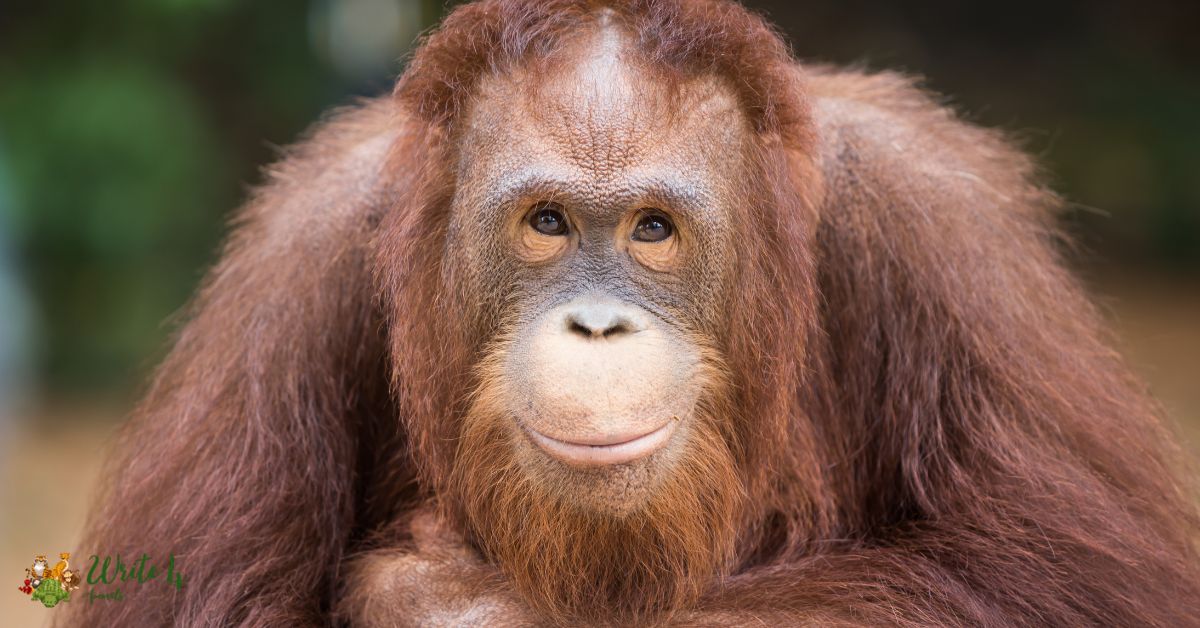In the vast and diverse world of the animal kingdom, we encounter a myriad of creatures, each with its own set of characteristics, quirks, and behaviors. While we often celebrate the extraordinary adaptations and abilities of animals, it’s essential to recognize that, much like humans there are down syndrome animals also, they can also face various health challenges. In this blog post, we’ll discuss about Animals with down syndrome.
12 Animals with down syndrome
1. Dolphin with Down Syndrome
Dolphins are known for their intelligence and playful nature, and a unique case emerged when a dolphin with Down syndrome was born in captivity. This remarkable dolphin captured the attention of researchers and the public alike. Despite the challenges posed by his condition, this dolphin displayed an incredible capacity for adaptation.
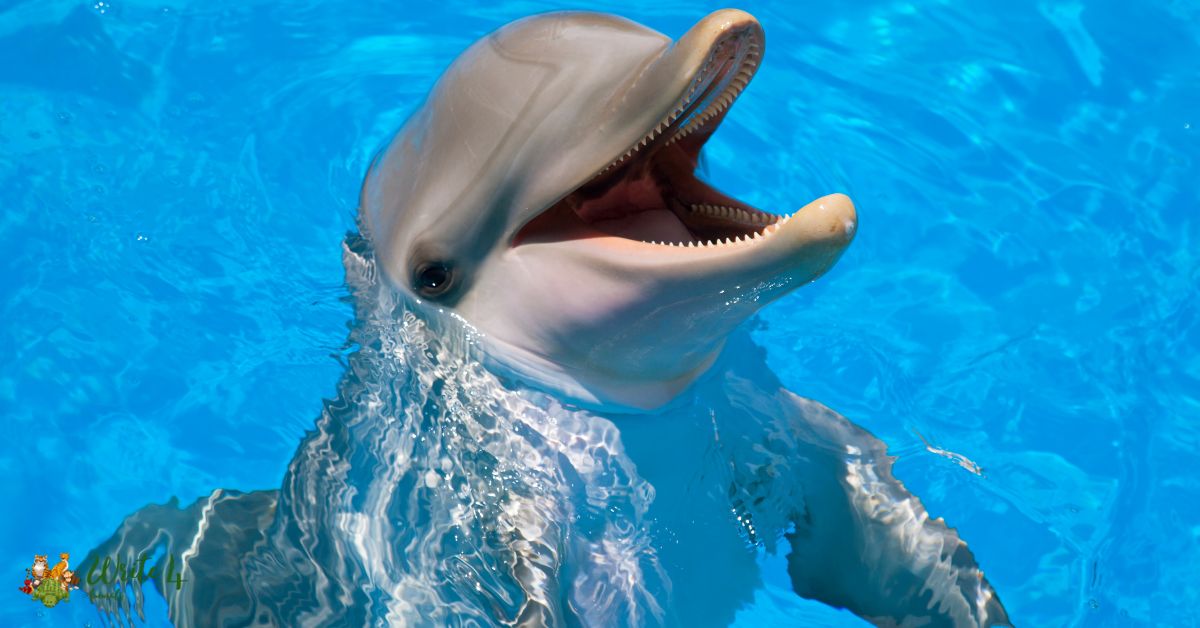
He learned to navigate his environment, interact with trainers, and even communicate through modified signals. His story serves as a testament to the adaptability and spirit of animals, showing that even with genetic differences, they can thrive and form meaningful connections with humans.
2. Chimpanzee with Down Syndrome
Chimpanzees, our closest relatives in the animal kingdom, have also shown instances of Down syndrome-like conditions. These occurrences provide scientists with insights into the genetic complexities that shape both human and animal development.
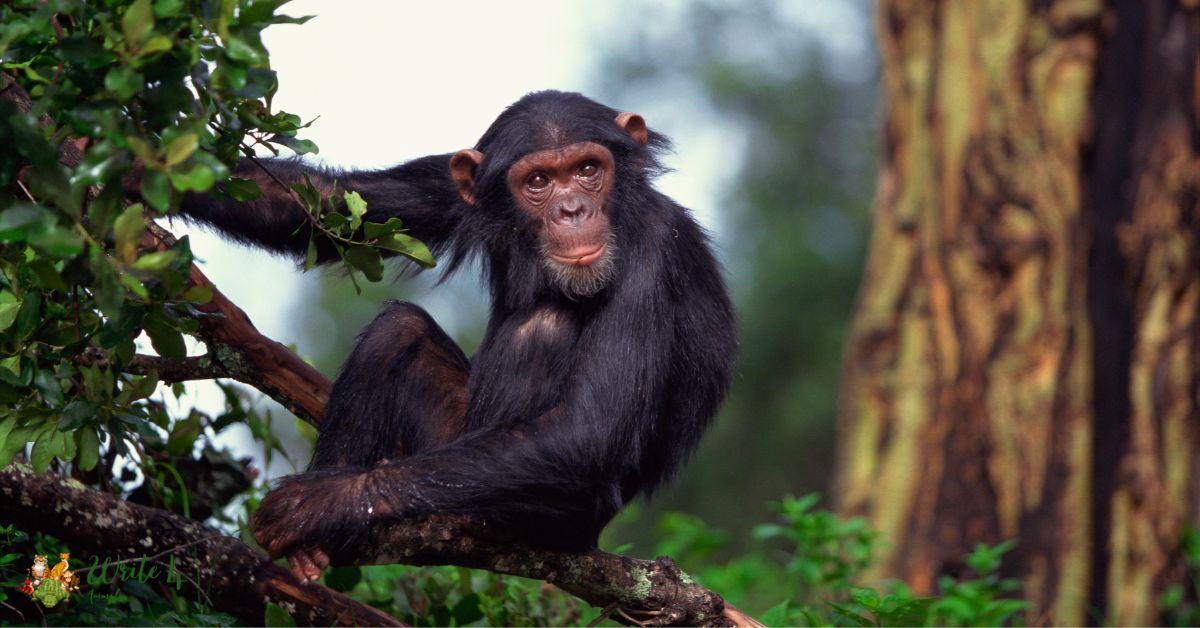
Studying chimpanzees with such conditions helps researchers better understand the interplay between genetics and cognitive abilities. These cases remind us of the shared genetic heritage between humans and primates, emphasizing the importance of conservation efforts to protect these incredible creatures and their habitats.
3. Koala with Down Syndrome
While Down syndrome is more commonly associated with humans, it’s fascinating to note that genetic variations similar to Down syndrome have been observed in koalas. These cases offer a unique opportunity for scientists to study the effects of genetic mutations on cognitive and physical development in non-human animals.

Koalas with these conditions also raise awareness about the importance of preserving their natural habitats. By understanding the impact of genetic differences on wildlife, we gain a deeper appreciation for the intricate balance of nature and the need to protect all species, regardless of their genetic makeup.
4. Tiger with Down Syndrome
Tigers, the majestic predators of the wild, have also shown instances of genetic variations akin to Down syndrome. These occurrences, although rare, provide scientists with valuable insights into the complexities of genetics in the animal kingdom.

These cases are a reminder that the natural world is full of surprises, and even the most iconic and powerful animals can exhibit genetic differences. Such instances underscore the need for ongoing research and conservation efforts to safeguard these magnificent creatures and their habitats.
5. Elephant with Down Syndrome
The case of an elephant with Down syndrome highlights the intricate genetic tapestry that shapes the animal kingdom. Elephants are known for their intelligence, social behavior, and close family bonds.
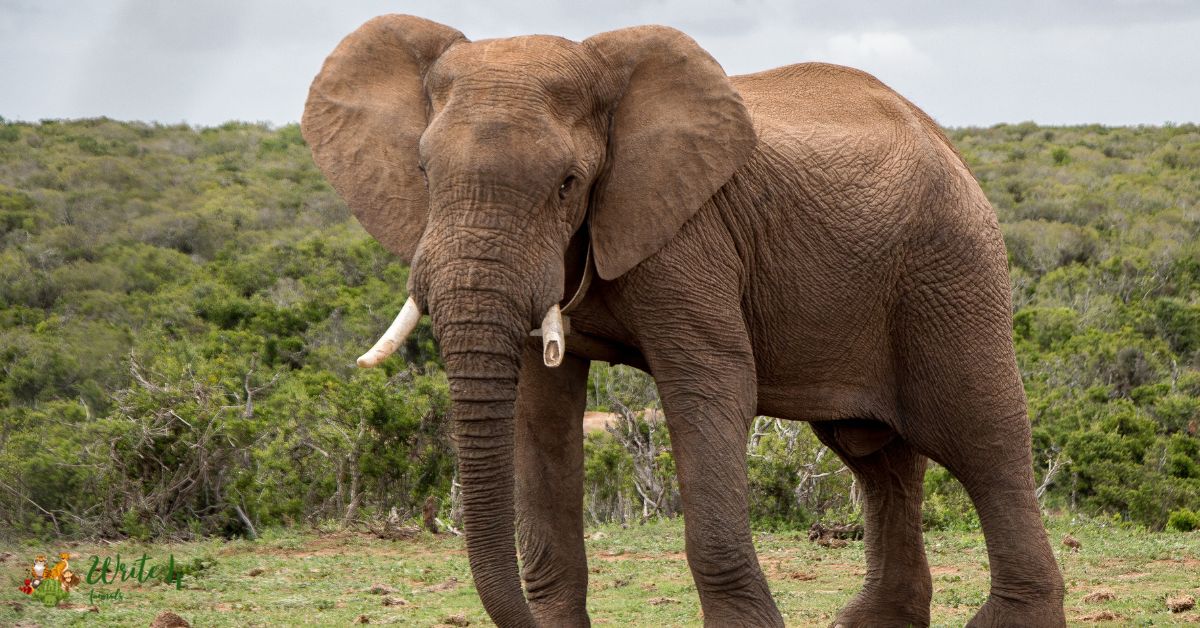
Instances of genetic variations in elephants spark scientific curiosity, offering a chance to delve into the genetic underpinnings of their complex behavior and physiology. By studying these unique cases, researchers strive to unlock the secrets of elephant genetics, potentially contributing to the conservation of these endangered giants.
6. Dog with Down Syndrome
Dogs, our faithful companions, can also show signs of Down syndrome-like conditions. These instances underscore the close genetic relationship between humans and dogs. While dogs have been bred for various purposes, their genetics are influenced by similar processes that shape human genetics.

Studying dogs with these conditions helps researchers better understand the genetic basis of cognitive and physical differences. Additionally, these cases remind us of the shared bond between humans and dogs, encouraging empathy and compassion for animals with unique genetic variations.
7. Cat with Down Syndrome
Cats, both domestic and wild, exhibit fascinating variations in genetics that sometimes mirror Down syndrome in humans. These occurrences offer a glimpse into the intricacies of feline genetics and development. In domestic cats, genetic conditions reminiscent of Down syndrome can lead to distinctive physical features and behaviors.
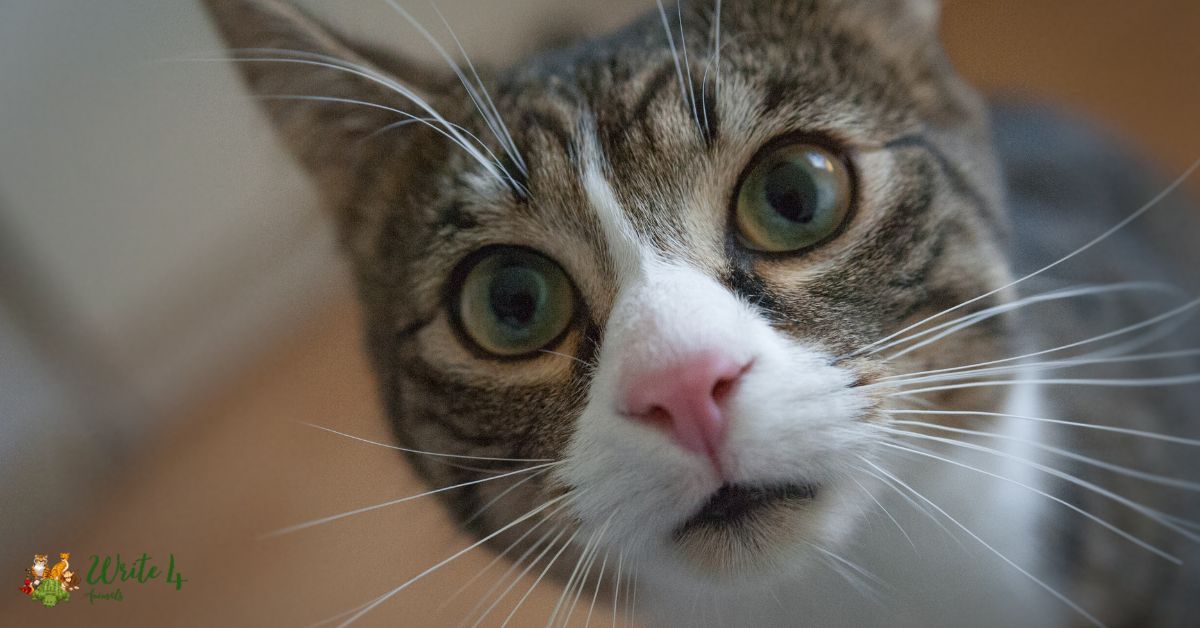
These cases showcase the diversity within the feline world and highlight the importance of responsible breeding practices. In the wild, instances of genetic differences in big cats emphasize the need for conservation efforts to protect these magnificent species and their genetic heritage.
8. Horse with Down Syndrome
Horses, renowned for their beauty and strength, can also present genetic variations that resemble Down syndrome. These cases provide a unique opportunity for researchers to explore the genetic factors that influence equine development and health.

By studying horses with these conditions, scientists aim to deepen their understanding of equine genetics, potentially benefiting the broader horse population.
These instances also underscore the importance of responsible breeding practices and veterinary care in maintaining the well-being of these majestic animals.
9. Giraffe with Down Syndrome
Giraffes, the tallest land animals, have been subject to genetic variations reminiscent of Down syndrome. These cases shed light on the intricate genetics that govern their towering stature and distinctive features.
While rare, these occurrences provide scientists with insights into the genetic complexities of giraffes, adding to our understanding of their development and behavior.

As conservation efforts focus on protecting giraffe populations, these unique instances remind us of the need to safeguard the genetic diversity within these magnificent creatures and their habitats.
10. Kangaroo with Down Syndrome
Kangaroos, iconic marsupials of Australia, have also presented instances of genetic variations akin to Down syndrome. These occurrences offer a glimpse into the genetic diversity within marsupial species and raise intriguing questions about their development. While such cases are relatively rare, they underscore the complex genetic makeup of these unique creatures.
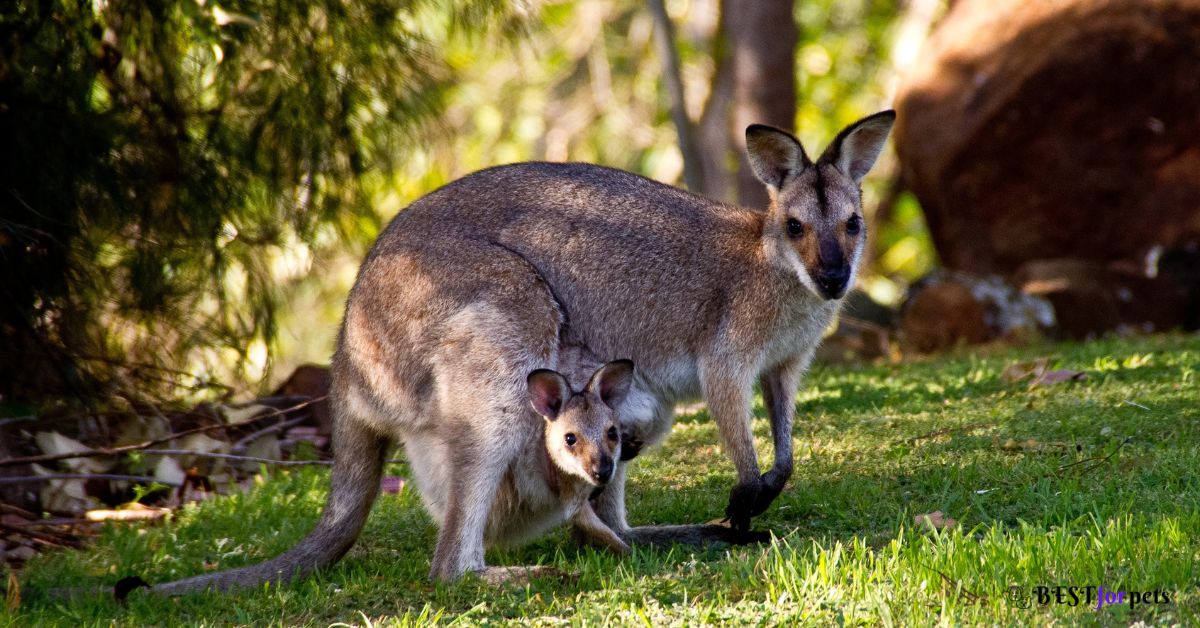
Studying kangaroos with Down syndrome-like conditions can contribute to our understanding of marsupial genetics, shedding light on their physical traits and behaviors. As these marsupials continue to captivate hearts worldwide, these instances remind us of the need to conserve their natural habitats and protect the genetic legacy they carry.
11. Monkey with Down Syndrome
Monkeys, known for their intelligence and social behaviors, can also show genetic variations similar to Down syndrome. These cases provide a valuable opportunity for researchers to delve into primate genetics, offering insights into the genetic factors that shape cognitive development and behavior.

By studying monkeys with these conditions, scientists aim to uncover the genetic underpinnings of primate social interactions and cognitive abilities.
These instances are a testament to the genetic complexity that underlies the world of primates, emphasizing the importance of conservation efforts to safeguard these remarkable animals and their habitats.
12. Orangutan with Down Syndrome
Orangutans, the gentle giants of the great ape family, have also presented instances of genetic variations akin to Down syndrome. These occurrences offer a glimpse into the genetic diversity within these highly intelligent creatures.
As close relatives to humans, orangutans with Down syndrome-like conditions contribute to our understanding of the genetic factors that influence their cognitive abilities and behaviors.
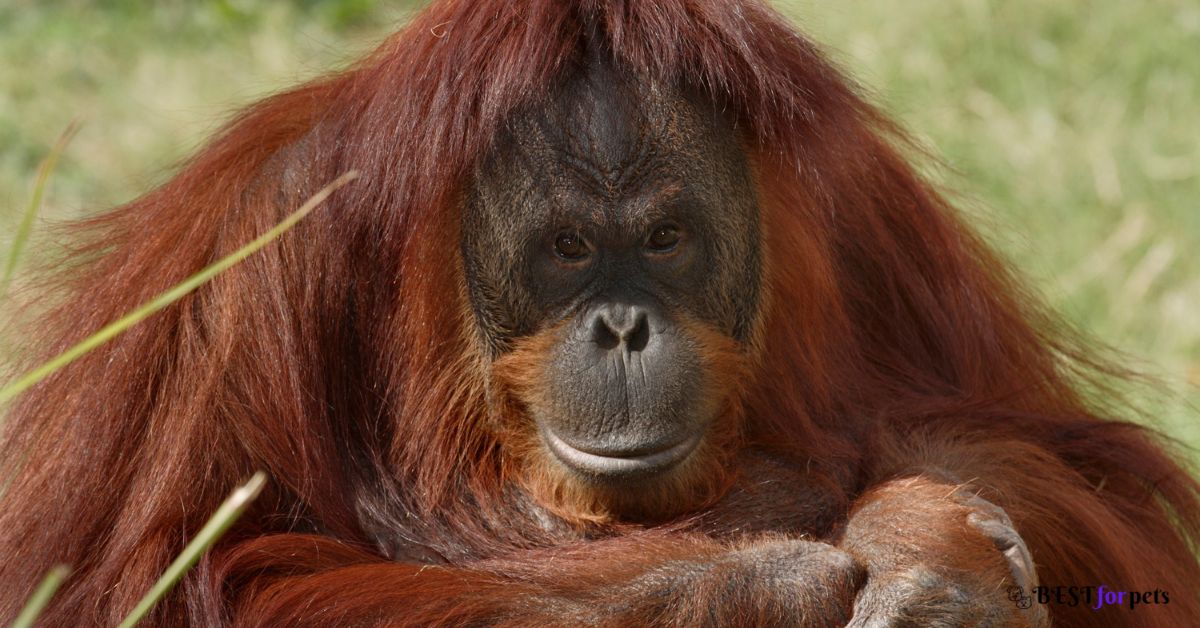
Studying these instances can provide insights into the complex world of great ape genetics, highlighting the need for conservation efforts to protect these endangered species and preserve their genetic heritage.
As we strive to ensure a future for orangutans, these unique cases remind us of the urgency of their conservation.
Recognizing Down Syndrome in Animals
Recognizing Down Syndrome in Animals involves keen observation and an understanding of both physical and behavioral indicators.
Distinctive Facial Features: Animals with Down syndrome often display unique facial characteristics, including flattened profiles, widely spaced eyes, and protruding tongues.
Abnormal Limb Development: Shortened limbs or irregular joint formations may be noticeable, offering visual cues for identifying trisomy 21 in animals.
Coat and Coloration Patterns: Unusual coat patterns or colorations can be subtle or pronounced, providing additional visual cues for recognition.
Social Behavior: Variations in sociability, such as increased friendliness or heightened shyness, can signal Down syndrome in animals.
Cognitive and Behavioral Traits: Observing cognitive abilities, repetitive behaviors, and communication challenges helps in understanding an animal’s unique needs, contributing to tailored care strategies. Recognizing these key aspects not only aids in diagnosis but also promotes the well-being of animals with trisomy 21, fostering a compassionate approach to their care and conservation.
Frequently Asked Questions
[sc_fs_multi_faq headline-0=”h4″ question-0=”What is Down syndrome in animals?” answer-0=”Down syndrome in animals refers to genetic variations that result in developmental differences similar to those seen in humans with Down syndrome. These variations involve the presence of an extra chromosome or other genetic abnormalities that can affect physical features, cognitive abilities, and behavior. ” image-0=”” headline-1=”h4″ question-1=”Can animals with Down syndrome live normal lives?” answer-1=”Animals with Down syndrome-like conditions can lead relatively normal lives, although they might face some challenges due to their genetic differences. Many animals adapt well to their conditions and learn to navigate their environment and interact with their surroundings.” image-1=”” headline-2=”h4″ question-2=”How common is Down syndrome in animals?” answer-2=”Instances of Down syndrome-like conditions in animals are relatively rare. They occur spontaneously due to genetic mutations and are often observed in both domestic and wild animals. These occurrences provide valuable insights into genetic diversity in the animal kingdom.” image-2=”” headline-3=”h4″ question-3=”Are animals with Down syndrome studied by scientists?” answer-3=”Yes, scientists study animals with Down syndrome-like conditions to gain insights into genetic factors that affect development, behavior, and health. These studies contribute to a broader understanding of genetics and developmental biology in both humans and animals.” image-3=”” headline-4=”h4″ question-4=”Can animals with Down syndrome reproduce?” answer-4=”Animals with Down syndrome-like conditions might have difficulties reproducing due to their genetic differences, which can affect their reproductive systems. However, individual cases can vary, and some animals might still be capable of reproduction.” image-4=”” headline-5=”h4″ question-5=”How do animals with Down syndrome affect conservation efforts?” answer-5=”Instances of genetic variations in animals, similar to Down syndrome, underscore the importance of genetic diversity within species. Conservation efforts aim to protect not only the physical traits but also the genetic heritage of species, ensuring their long-term survival and adaptability.” image-5=”” headline-6=”h4″ question-6=”Can animals with Down syndrome be treated or cured?” answer-6=”Currently, there is no cure for Down syndrome in animals or humans. However, animals with these conditions can be provided with supportive care to enhance their quality of life and minimize challenges associated with their genetic differences.” image-6=”” headline-7=”h4″ question-7=” How can I differentiate an animal with Down syndrome from a healthy one?” answer-7=”Identifying animals with Down syndrome-like conditions might require close observation by trained professionals, as the differences can be subtle. Physical traits, behaviors, and developmental milestones might provide clues, but a comprehensive assessment by veterinarians or researchers is necessary for accurate diagnosis.” image-7=”” headline-8=”h4″ question-8=”Can animals with Down syndrome interact with others of their species?” answer-8=”Animals with Down syndrome-like conditions can interact with others of their species, although their interactions might differ due to their genetic differences. Socialization and integration within their social groups might require special attention and support.” image-8=”” headline-9=”h4″ question-9=”What can we learn from animals with Down syndrome-like conditions?” answer-9=”Studying animals with Down syndrome-like conditions provides insights into genetics, developmental biology, and behavior. These studies help scientists better understand the underlying genetic mechanisms that shape physical and cognitive traits, benefiting both human and animal health research.” image-9=”” count=”10″ html=”true” css_class=””]
Recommended
1. Albino Monkey: History, Facts and More
2. Can You Cut a 3 Week Old Puppies Nails?
